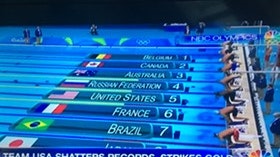Homepage
•
Learning Library
•
Blog
•
Inspire students with Olympic technologies
Expand breadcrumbs
Expand breadcrumbs
- Learning Library
- Blog
- Inspire students with Olympic technologies
- Homepage
- •
- Learning Library
- •
- Blog
- •
- Inspire students with Olympic technologies
Inspire students with Olympic technologies
By Maureen Yoder
August 10, 2016








